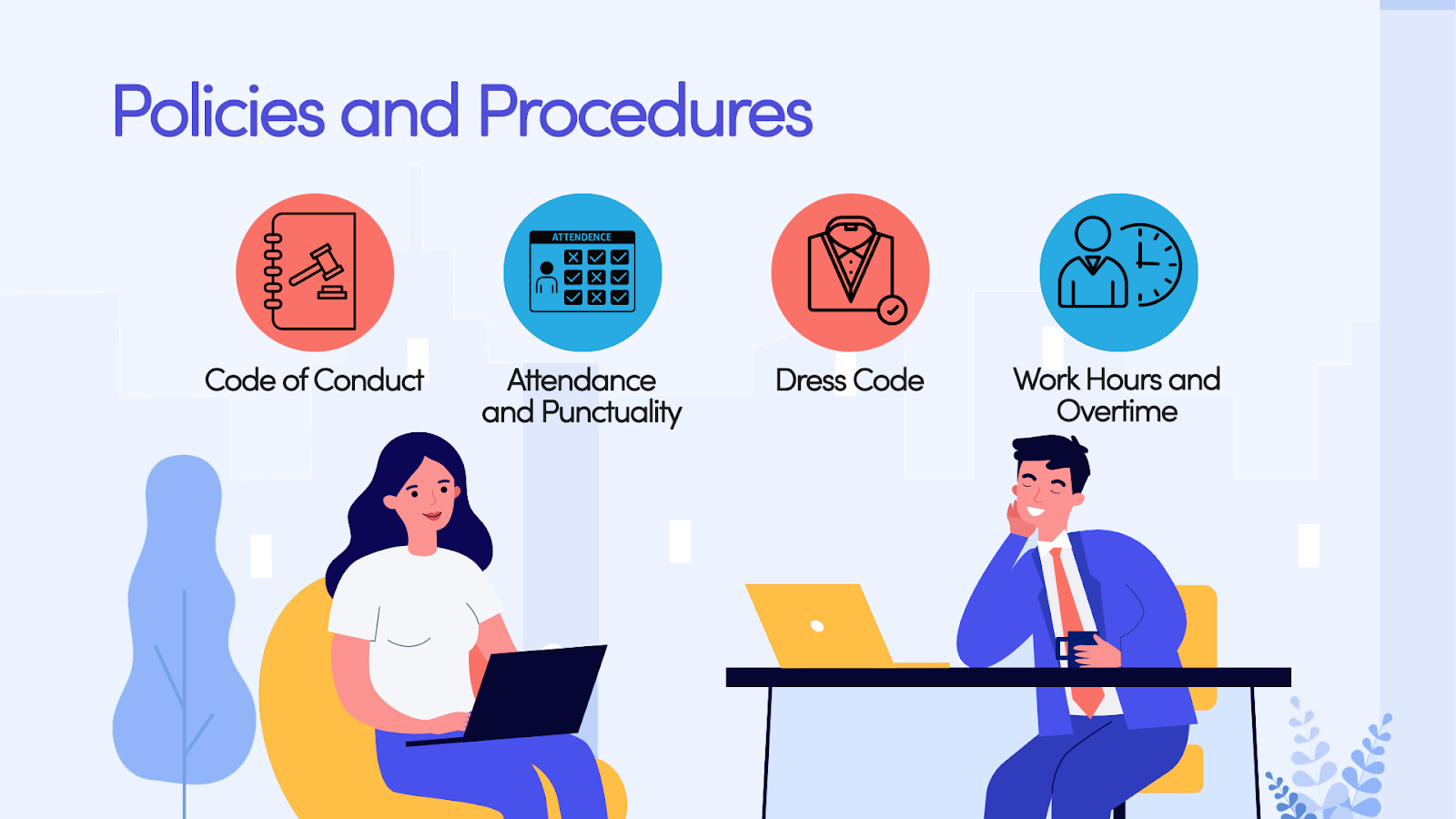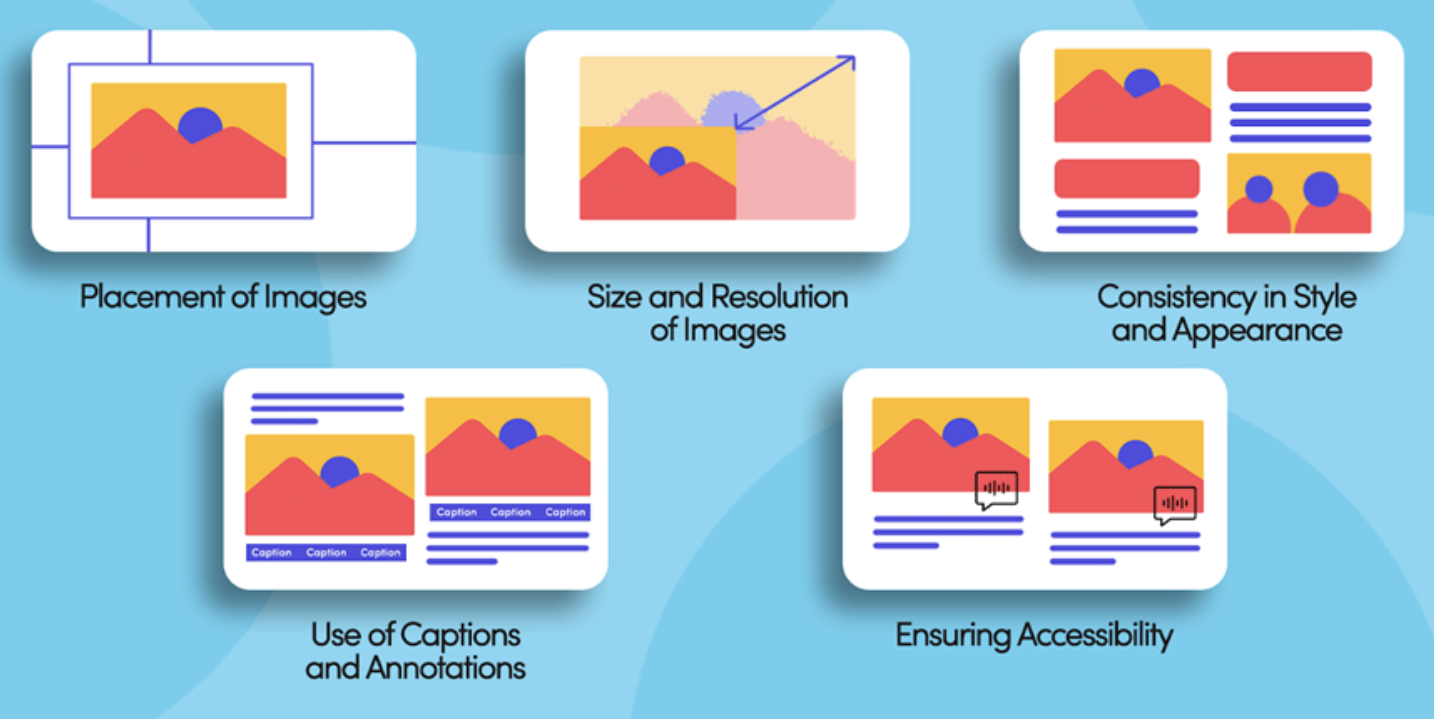How to Update Your Employee Handbooks Easily
In today’s fast-paced business environment, keeping your employee handbook updated is essential, yet it often seems like a daunting task. This article is your go-to guide for simplifying the process of updating this important document.
By reading on, you’ll gain practical insights into why regularly revising your employee handbook is not just a compliance necessity, but a strategic move for your organization. We’ll also tackle common hurdles, such as staying current with legal requirements and ensuring that all employees are on the same page, and offer straightforward solutions to make this process less overwhelming. Get ready to transform your employee handbook into a dynamic tool that evolves with your business.
Understand the Need for Updates
Employee handbooks need regular updates primarily for three reasons: legal compliance, internal policy changes, and keeping up with industry standards. Laws and regulations often change, and your handbook must reflect these to ensure your company stays on the right side of the law. If there’s a new employment law passed, your handbook needs revising to incorporate these legal changes.

As your company evolves, your internal policies might also need adjustments to align with new strategies or organizational changes. One such example is when your company introduces a new remote working policy. In this case, your handbook should be updated to cover new guidelines and expectations for remote employees
Additionally, as industry standards shift, your handbook should be updated to keep your business competitive and relevant,
These are just a couple of instances where updating your employee handbook is not just beneficial but necessary.
Prepare for the Update
Before diving into the update process itself, thoroughly review the current state of your employee handbook. This review will help you pinpoint outdated information, missing elements, or sections that no longer align with your company’s operations. This initial step sets the stage for a comprehensive update.
Identify Areas that Need Changes
An important part in this stage is to identify the areas needing changes. There are commonly three key areas for these potential updates:
Legal Compliance
Ensure that your handbook reflects the latest laws and regulations applicable to your business. This may include changes in labor laws, safety regulations, or equal employment opportunities.
Keep your employee handbook geared towards lowering legal risks, not causing them. It’s key that your company and its team follow labor laws, and your handbook plays a big role in sharing these obligations. If you skip important details or mess up, you could put your company at risk of legal problems.
For example, not including an equal employment opportunity statement or forgetting to talk about reasonable accommodation policies might accidentally spark discrimination complaints. Also, not clearly stating employees’ rights under the Family and Medical Leave Act (FMLA) could land you in hot water for blocking someone’s right to take their allowed leave.
Have legal experts check your handbook to make sure you’re covering your bases and keeping your organization and its people safe.
Policy Updates
Revisit your company policies to see if any adjustments are necessary. For instance, if your company has changed its company structure and vacation policy, or introduced new technology use guidelines, these need to be reflected in the handbook.
Check out Blissbook’s guide on How to Write Policies and Procedures, which is packed with real-life stories and tips from HR folks and employment lawyers, plus easy ways to make, support, and talk about your rules and how things are done.
Overall Improvements
Look for ways to enhance the clarity, readability, and design of the handbook. Simplify complex language, organize the content better, and add visuals to make the handbook more accessible and engaging for employees.

Gather Input From Stakeholders
Gathering input from various stakeholders is a critical step in the preparation process. Consult with:
HR Department
They can provide insights into employee relations and internal policy changes. Likewise, if your company is under a bigger corporate umbrella or has a global presence, it’s smart to involve HR folks from every part of the organization or each location. This way, you make sure the handbook works for all branches or countries, not only the main office.
Legal Team
They’re essential for ensuring the handbook meets all legal requirements. They’ll check out your current handbook, point out any bits that could cause legal troubles, and help you update it to not only avoid these issues but also show off what’s cool about your company culture.
Also, if your team is spread out across different states, your legal folks can help figure out which specific policies you need updated to stay in line with local laws. Having a chat with your legal team early on can make updating your handbook a whole lot smoother. Make sure your handbook follows all the rules, not just the federal ones but also state and local laws, especially if your company is all over the map.
Management
Their perspective will help align the handbook with the company’s strategic goals and culture. They see things from a strategic angle, making sure the rules and advice in the handbook push the company forward and create the right vibe at work. When managers help update the handbook, they make sure it shows the leadership’s plan for how things should run and how employees fit into the big scheme of things.
This teamwork turns the handbook into a real tool that strengthens company culture and shows employees how to line up their work with what the company wants to achieve. Plus, having managers on board helps spot chances to empower employees more and underline the company’s support for their success and happiness.
Employee Feedback
Don’t overlook the value of employee feedback, as they are the primary users of the handbook. Employees can offer valuable insights on the handbook’s usefulness and suggest practical improvements. They can also highlight issues that you might not have considered.
A good way to gather feedback is conducting interviews or distributing surveys. This gives you a peek into your employees’ point of view, adding another layer to your research. Pull in folks from marketing, recruiting, leadership, and other departments to get a clearer picture of the important culture-focused messages.

Overall, this collaborative approach ensures that the updated handbook is comprehensive, compliant, and aligned with your company culture and goals; the three most important things in order to make a successful handbook.
Best Practices for Updating Content
Updating your employee handbook is not only an important task, but it also requires attention to detail and a strategic approach. This section of the article delves into the best practices for updating the content of your employee handbook, ensuring it remains a valuable resource for your team. Here, we’ll cover guidelines for writing policies clearly and concisely, ensuring legal compliance, maintaining consistency in tone, and the importance of involving the right professionals in the process.
Write Clear and Concise Policies
In this part of the process, aim for clarity and conciseness in your policies. Use straightforward language and bullet points to break down complex ideas. This eliminates any confusion or misinterpretation. To achieve this, go for plain English and short sentences. Organize information logically, using headings, subheadings, and lists to improve readability.
Lastly, avoid jargon and legalistic phrasing that might confuse employees. Be specific in your wording. Avoid vague terms like “may” or “should,” which suggest options, and instead use “must” and “are required to” for clarity. If certain policies apply only to specific groups of employees, clearly state that to prevent any ambiguity. The aim is to make it straightforward for all employees to understand their rights and responsibilities, ensuring they know exactly what is expected for compliance.
Tips on Ensuring Legal Compliance
As already mentioned multiple times, legal compliance is non-negotiable and should not be overlooked. The legal landscape is ever-changing, and your handbook must reflect the latest regulations and laws to protect your company and its employees.
To do this, regularly consult with legal experts to review your handbook’s compliance. It’s a good practice to include a disclaimer stating that the handbook is not a contract and is subject to change. This can protect your company and make future updates easier to implement.
Also make sure your disclaimer tells employees to hit up your HR team if they have any questions. This way, you’re more likely to have everyone on the same page, following policies and procedures as they should. It also gives you a heads up on any parts of the handbook that might be confusing, so you can clear them up in the next update.
Maintain Consistency and Tone Throughout the Handbook
Consistency in policies, and in tone and style makes your handbook more readable and professional. Decide whether a formal or informal tone is more appropriate for your company culture, and apply this choice consistently across all sections. This consistency extends to formatting choices, such as fonts, headings, and bullet points, which should be uniform to help readers navigate the document easily. Consistent language and design not only improve readability but also reinforce your company’s culture and values, making it a cohesive part of your organizational identity.
Another common issue is when the handbook’s policies clash. This confusion can slow things down and can cause legal issues, especially if two guidelines contradict each other or if there’s a gap between what the handbook says and what actually happens at work. So, it’s very important to check that all your policies are consistent with each other and match the real-life practices of your workplace.
Technology and Tools to Assist the Update Process
Revamping your employee handbook can be hassle-free with the right tech and tools. Whether it’s document management systems or collaboration platforms, many solutions exist to make the updating process more efficient.
Blissbook stands out here, offering a specialized platform for managing and updating employee handbooks. It alerts you to legal updates and helps revise your content for compliance, ensuring your handbook stays up-to-date without you needing to track legal changes constantly.
Choosing how to distribute your handbook—be it in print, as a PDF, or through policy management software like Blissbook—should be one of your first decisions. This choice affects not just how you share the updated handbook but also how you craft your content. For instance, going digital, as many are now doing, lets you add multimedia elements such as video, read-more buttons and interactive links, or personalized content, enriching the user experience.
Also, consider digital tools for collecting feedback on your handbook. Blissbook, for example, simplifies tracking revisions and gathering comments. You can review past edits and notes, allowing your team to discuss changes and make annotations visible to all readers or just the editing team. This approach streamlines feedback collection, ensuring everyone’s on the same page and making the whole process quicker and more aligned with your current policies and practices.

Final Thoughts
In wrapping up, we’ve covered the essentials of why and how to update your employee handbook, from understanding the need for updates to leveraging the right tools and technologies. Remember, keeping your handbook current is not just about compliance; it’s about ensuring your team understands their roles, responsibilities, and benefits in a changing workplace environment.
Maintaining your employee handbook should be a proactive and ongoing effort. It’s crucial to stay ahead of legal changes, internal policy shifts, and evolving company culture. Here, Blissbook comes into play as an invaluable resource. Our platform simplifies the update process, offering features like law change alerts, making it easier to keep your content compliant and up-to-date. Plus, with Blissbook, tracking changes and communicating updates to your employees is straightforward, ensuring everyone is on the same page.

We encourage businesses to take a proactive approach to create, update, and distribute their employee handbooks using Blissbook. Our platform is designed to make the process as easy and seamless as possible. To get started, why not set up a trial to create your handbook using Blissbook? Visit Blissbook to learn more and take the first step towards a more informed, compliant, and cohesive workplace.